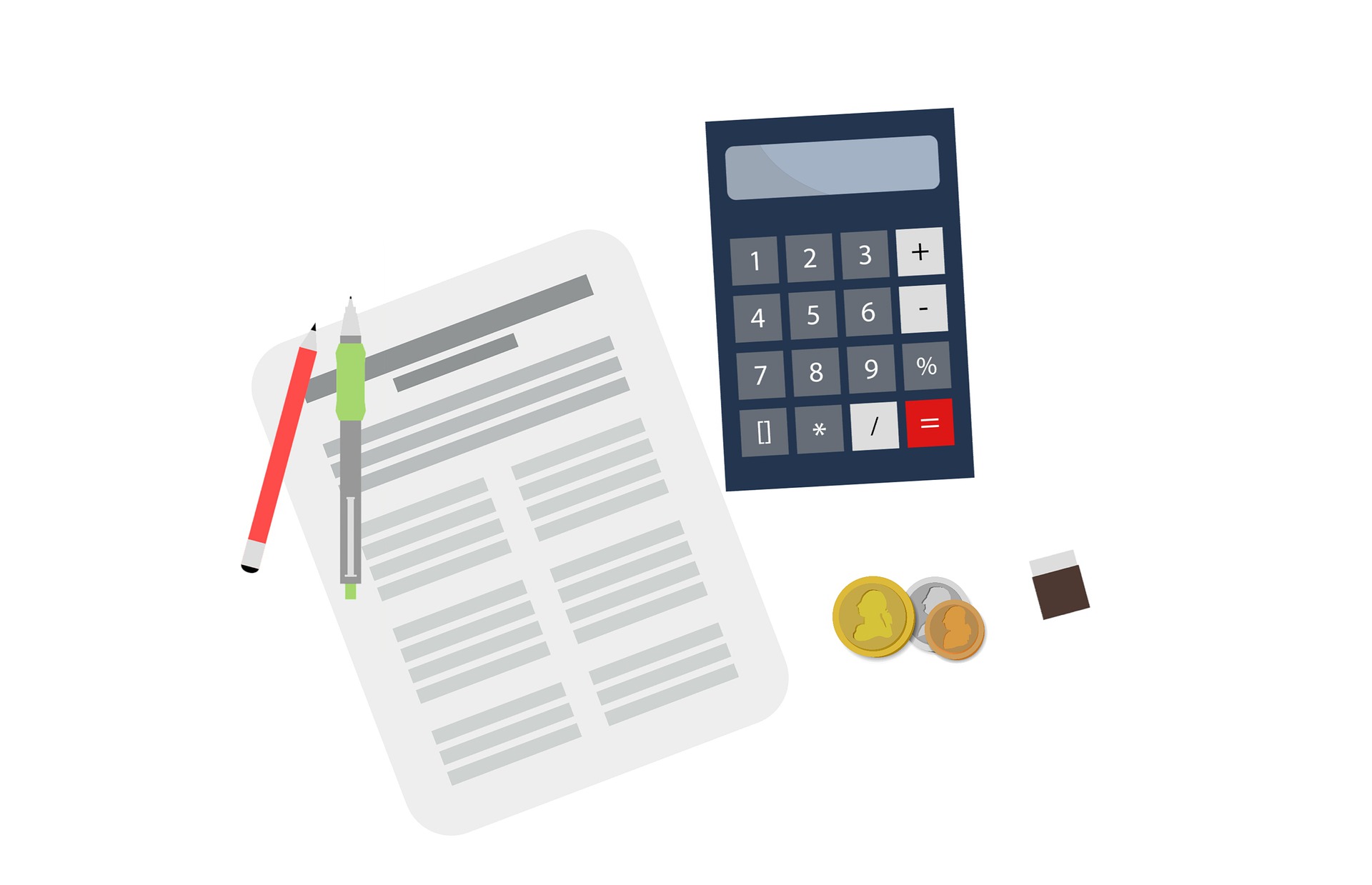On-page optimization is a crucial aspect of search engine optimization (SEO). It involves optimizing individual web pages to rank higher and earn more relevant traffic in search engines. This article provides essential tips for mastering on-page optimization, enabling businesses to enhance their online visibility and attract potential customers.
Understanding On-Page Optimization
On-page optimization refers to all measures that can be taken directly within the website to improve its position in search rankings. This includes optimizing content, HTML source code, and overall site structure. The main goal is to make it easier for search engines to understand the content and context of a webpage. By focusing on these elements, webmasters can significantly enhance their site’s visibility and relevance in search engine results pages (SERPs), ultimately driving more organic traffic to their site.
Key Components of On-Page Optimization
- Content Quality: High-quality, relevant content is essential for SEO. It should answer users’ queries and provide value. Engaging content not only attracts visitors but also encourages them to share it, which can lead to valuable backlinks and further improve search rankings.
- Keyword Usage: Proper keyword placement is vital. Keywords should be included in titles, headers, and throughout the content. However, it’s important to avoid keyword stuffing, as this can lead to penalties from search engines. Instead, focus on natural integration of keywords and consider using synonyms and related terms to enhance context.
- Meta Tags: Meta titles and descriptions help search engines and users understand the page’s content. Well-crafted meta tags can improve click-through rates by providing a compelling summary of what users can expect when they click on a link.
The Importance of User Experience
User experience (UX) plays a significant role in on-page optimization. A well-structured website that is easy to navigate can lead to lower bounce rates and higher engagement. Key aspects of UX include:
- Fast loading times
- Mobile responsiveness
- Clear navigation paths
Moreover, incorporating visual elements such as images, videos, and infographics can enhance user engagement and retention. These elements not only break up text but also provide additional context that can help users better understand the content. Additionally, accessibility features, such as alt text for images and keyboard navigation options, ensure that all users, including those with disabilities, can effectively interact with the site. By prioritizing user experience, websites can foster a loyal audience that returns for more, further boosting their SEO efforts.
Content Optimization Strategies
Creating and optimizing content is at the heart of on-page SEO. Here are some strategies to enhance content quality and relevance:
Creating Valuable Content
Content should be informative, engaging, and tailored to the target audience. Consider the following:
- Identify the target audience and their needs.
- Use clear and concise language.
- Incorporate visuals like images and videos to enhance understanding.
Additionally, it’s vital to stay updated with industry trends and incorporate current events or emerging topics into your content. This not only keeps your material fresh but also positions you as a thought leader in your field. Engaging storytelling can also elevate the quality of your content; weaving narratives that resonate with your audience can foster a deeper connection and encourage sharing. Furthermore, consider utilizing user-generated content, such as testimonials or reviews, which can provide authenticity and build trust among potential customers.
Keyword Research and Implementation
Keyword research is essential for understanding what potential customers are searching for. Tools like Google Keyword Planner can help identify relevant keywords. Once identified, keywords should be strategically placed in:
- Headings (H1, H2, H3)
- First 100 words of the content
- Image alt texts
Moreover, it’s important to analyze the competition for your chosen keywords. Understanding which keywords your competitors are ranking for can provide insights into gaps in your own content strategy. Long-tail keywords, which are more specific phrases that typically have lower search volume but higher conversion rates, can also be beneficial. By targeting these, you can attract a more niche audience that is closer to making a purchasing decision. Regularly updating and optimizing existing content with new keywords can also help maintain its relevance in search engine results, ensuring that your content continues to perform well over time.
Optimizing Meta Tags
Meta tags are critical for informing search engines about the content of a webpage. Properly optimized meta tags can significantly impact click-through rates (CTR). They serve as the first impression users get of your content in search engine results, making it essential to get them right. Not only do they help search engines understand the context of your page, but they also play a vital role in attracting potential visitors by summarizing the value of your content in a concise manner.
Writing Effective Meta Titles
A well-crafted meta title should be concise, descriptive, and include the primary keyword. Best practices include:
- Keep it under 60 characters.
- Place the primary keyword at the beginning.
- Make it compelling to encourage clicks.
Additionally, consider the uniqueness of each title across your website. Duplicate titles can confuse search engines and dilute the effectiveness of your SEO efforts. Using action-oriented language can also enhance the appeal of your titles, prompting users to engage further. For instance, instead of a generic title, you might use “Discover the Best Vegan Recipes: Quick and Easy Meals” to entice users with both the promise of valuable content and the assurance of simplicity.
Crafting Compelling Meta Descriptions
Meta descriptions should provide a summary of the page content. They should be engaging and encourage users to click through. Here are some tips:
- Limit to 150-160 characters.
- Include a call to action.
- Use relevant keywords without keyword stuffing.
Moreover, it’s beneficial to tailor your meta descriptions to match the intent of your target audience. This means understanding what users are searching for and addressing their needs directly in your description. Incorporating emotional triggers, such as curiosity or urgency, can also make your descriptions more impactful. For example, instead of simply stating what the page is about, you might say, “Unlock the secrets to effortless meal prep with our top 10 vegan recipes—perfect for busy weeknights!” This approach not only informs but also motivates users to click through to your content.
Header Tags and Their Importance
Header tags (H1, H2, H3, etc.) help organize content and improve readability. They also play a role in SEO by signaling the hierarchy of information to search engines.
Using Header Tags Effectively
Proper use of header tags can enhance both user experience and SEO. Consider the following:
- Use only one H1 tag per page, typically for the main title.
- Utilize H2 tags for main sections and H3 for subsections.
- Incorporate keywords naturally within headers.
Image Optimization Techniques
Images can enhance a webpage’s appeal, but they must be optimized to improve loading speed and SEO. Here are some techniques:
Choosing the Right Format
Selecting the appropriate image format can impact quality and loading speed. Common formats include:
- JPEG: Best for photographs.
- PNG: Ideal for images with transparency.
- WebP: A modern format that provides superior compression.
Using Alt Text Wisely
Alt text describes images for search engines and visually impaired users. Best practices include:
- Be descriptive and concise.
- Include relevant keywords where appropriate.
- Avoid keyword stuffing.
Internal and External Linking Strategies
Linking is a vital component of on-page optimization. It helps search engines understand the relationship between different pages and improves user navigation.
Building Internal Links
Internal links connect different pages on the same website. They help distribute page authority and enhance user experience. Consider these tips:
- Link to relevant content within the site.
- Use descriptive anchor text.
- Avoid excessive linking, which can confuse users.
Incorporating External Links
External links to reputable sources can enhance credibility and provide additional value to users. Here’s how to do it effectively:
- Link to authoritative websites.
- Ensure the links are relevant to the content.
- Open external links in a new tab to keep users on your site.
Mobile Optimization Considerations
With the rise of mobile browsing, optimizing for mobile devices is essential. Google prioritizes mobile-friendly websites in its rankings.
Responsive Design
A responsive design ensures that a website adapts to different screen sizes. Key aspects include:
- Flexible layouts that adjust to screen width.
- Mobile-friendly navigation menus.
- Optimized images and media for faster loading.
Testing Mobile Usability
Regularly testing mobile usability can help identify issues that may affect user experience. Tools like Google’s Mobile-Friendly Test can provide insights and recommendations.
Monitoring and Analyzing Performance
Continuous monitoring and analysis of on-page optimization efforts are crucial for long-term success. Utilizing analytics tools can provide valuable insights into performance.
Using Google Analytics
Google Analytics is a powerful tool for tracking website performance. It can help identify:
- Traffic sources
- User behavior on the site
- Pages with high bounce rates
Tracking Keyword Rankings
Monitoring keyword rankings can help assess the effectiveness of SEO strategies. Tools like SEMrush or Ahrefs can provide insights into keyword performance and competition.
Conclusion
Mastering on-page optimization requires a comprehensive understanding of various elements that contribute to SEO success. By focusing on content quality, keyword usage, meta tags, header tags, image optimization, linking strategies, mobile optimization, and performance monitoring, businesses can enhance their online presence.
Implementing these essential tips can help improve search engine rankings and attract more relevant traffic. Continuous learning and adaptation to changing SEO trends are key to maintaining a competitive edge in the digital landscape.









